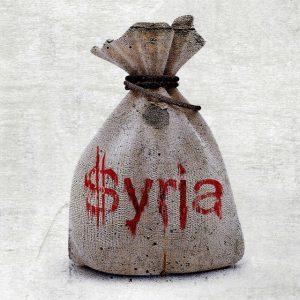 La Siria, presente sul tavolo del G20 e sulle prime pagine di tutti i quotidiani internazionali, è la nuova tappa del viaggio di FocusMéditerranée. Un viaggio intrapreso per tracciare una mappa illustrata del Mediterraneo attraverso le testimonianze verbali e visive di artisti. Un percorso – che finora ha toccato Libano, Iran, Israele, Turchia ed Egitto – nato non solo con l’obiettivo di documentare il lavoro creativo in questi luoghi, ma anche con la speranza di cogliere le profonde trasformazioni e i radicali cambiamenti che le recenti “Rivoluzioni” nei Paesi arabi hanno determinato (e stanno determinando) nelle diverse forme di espressione artistica.
La Siria, presente sul tavolo del G20 e sulle prime pagine di tutti i quotidiani internazionali, è la nuova tappa del viaggio di FocusMéditerranée. Un viaggio intrapreso per tracciare una mappa illustrata del Mediterraneo attraverso le testimonianze verbali e visive di artisti. Un percorso – che finora ha toccato Libano, Iran, Israele, Turchia ed Egitto – nato non solo con l’obiettivo di documentare il lavoro creativo in questi luoghi, ma anche con la speranza di cogliere le profonde trasformazioni e i radicali cambiamenti che le recenti “Rivoluzioni” nei Paesi arabi hanno determinato (e stanno determinando) nelle diverse forme di espressione artistica.
A raccontarci molte sfumature della realtà siriana è l’artista Tammam Azzam, protagonista della recente collettiva Creative Syria, curata dall’esperta in media arabi Donatella Della Ratta nell’ambito del 23° Festival del Cinema Africano, d’Asia e America Latina.
Classe 1980, Tammam Azzam nasce a Damasco e compie un percorso artistico di tipo accademico. Oggi vive a Dubai, dove si è trasferito con la famiglia alcuni mesi dopo l’inizio della Rivoluzione. Laureato presso la Facoltà di Belle Arti di Damasco, con una specializzazione in pittura a olio, segue un corso tenuto da Marwan Kassab Bashi, noto maestro siriano, alla Al Kharif Academy. Entra nel 2008 alla Ayyam Gallery – che tuttora lo rappresenta – e aderisce al progetto Shabab Ayyam Young Artists Programme. Partecipa a collettive e personali a Damasco, Dubai e Beirut, ma è solo l’inizio. Tammam è noto al pubblico internazionale soprattutto per la serie Syrian Museum, un progetto di opere digitali nelle quali i capolavori della pittura europea vengono virtualmente sovrapposti ad edifici siriani ridotti in macerie dalla guerra. Un modo per “Esprimere il mio dolore e rendere il mondo consapevole della sofferenza del mio popolo”, spiega l’artista prima di rispondere ad alcune nostre domande.

What do you think about the way international community is facing the Revolution in Syria? What about the way media are reporting stories and facts? The newspaper Le Monde, for example, few weeks ago sent two reporters in Syria to investigate on chemical weapons and asked to the international community to take a clear position. Do you think journalists do enough to tell us the truth?
International community doesn’t care about people. It’s now very clear. They will finally take definitive positions when the good moment will come. Otherwise nothing will happen, except that the Revolution will win for sure. Referring to the question on media, as known there is no media in Syria except the individual effort by brave people.
How has the Revolution influenced artists’ work in Syria?
Actually there are many different interpretations on what is happening in Syria, but I am sure that the real art is the one on the side of people and the Revolution. You cannot make art when you stand up with a dictator!
Your illustration “Freedom Graffiti” became viral in a week time, with more than 35,000 “likes” and over 25,000 “shares” on Facebook. What do you think about the role of internet and social networks as a tool of communication, information and emancipation? What about as “visual megaphone” for the art?
I think that the Arab Spring has changed the main purpose of social networks. Now it belongs to freedom and political opinions more than the main aim which it has been created for. So you can choose your side and express it without the need to be in any political movement or intellectual current.
When and where your first artworks has appeared in public?
I get my first exhibition in Damascus, at Atassi Gallery in 2005. It was black ink on paper. It was the result of three years working on the topic of places without people, just black trees and horizon.
USA. New York City. September 15, 2001. Signing a memorial in Union Square. Contact email:New York : photography@magnumphotos.comParis : magnum@magnumphotos.frLondon : magnum@magnumphotos.co.ukTokyo : tokyo@magnumphotos.co.jpContact phones:New York : +1 212 929 6000Paris: + 33 1 53 42 50 00London: + 44 20 7490 1771Tokyo: + 81 3 3219 0771Image URL:https://www.magnumphotos.com/Archive/C.aspx?VP3=ViewBox_VPage&IID=2K7O3R5BD78&CT=Image&IT=ZoomImage01_VForm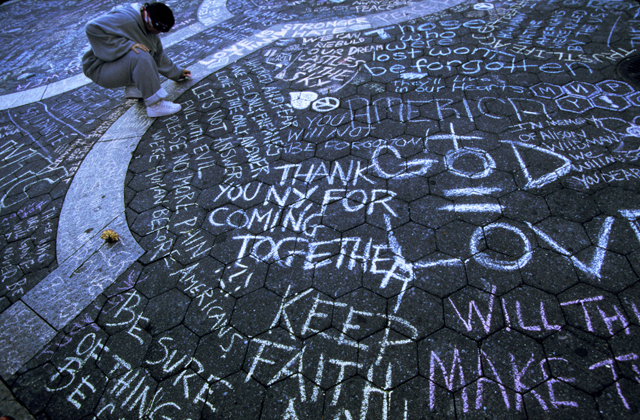
In our “illustrated map project” (which, until now, has involved artists from Lebanon, Israel, Turkey, Iran and Egypt), we noticed a common fact: there is a clear reference to Western culture in many artists’ works. Also in yours, with your use of iconic Western masterpieces. Which is the reason to you of this leitmotiv?
These works come from The Syrian Museum series, which I have created incorporating iconic subjects – from the greatest European masters, such as da Vinci, Matisse, Goya and Picasso – and paralleling the greatest achievements of humanity with what destruction is able to inflict. Each masterpiece I have “re-done” is particularly relevant with reference to what has befallen in Syria. For example, about the Goya’s one, I wrote that on the 3rd of May 1808 Goya created a work to immortalize the killing of hundreds of innocent Spanish citizens. How many May 3rd do we have in Syria today?
The panzer shaped bar code with the number of victims in Syria, the big bloody map of Syria, the relation between Western masterpieces and images of devastation in your Country …your artworks are realistic and not comforting at all. When did you have your very first inspiration and to whom you address?
At first I began to say: “I am here, with people – with my people -, not with the dictator, with the regime (as lot of stars did in Syria). I knew that all regimes around the world were the same: against the people on the street. So yes, I want my art to speak to all citizens around the world, to make people aware of what is happening. But at the end I think it will not happen. What is taking place in Syria should never be called a war, It can only be called a Revolution. I want to bring attention to the destruction of Syria. I hope that one day people can rebuild their homes and make love after this is over, after two years of killing people!
What kind of reaction and feedback did these artworks have in Syria?
To be honest, I don’t know. I am not there right now and I just get feedback by messages. Anyway art cannot save Syria. Nothing can save Syria except the Revolution. All art can do is keeping the hope on a better future and on rebuilding the country, in order to make it soon “alive”.
How was working in Syria before the Revolution?
Nobody around the world can imagine how it was: poorness in a beautiful Country.
You decided to move to Dubai few years after the beginning of the Syrian Revolution. How your life has changed since then?
After seven months the Revolution broke out, I took my wife and my daughter Salma to Dubai, abandoning my studio and all my materials in Damascus. I began creating art on the computer out of necessity after arriving in Dubai less than two years ago without any paints. I want to go back to painting and mixed media. Dubai is a lovely place, but not a city that I like to live in. In a word: it’s not Damascus!
What kind of future opportunities young Syrians have, in particular artists like you, in this moment?
It’s very difficult today to think about a future for anyone in a destroyed country like Syria. Maybe they can get involved in rebuilding and giving hope, although we need to remember that more than 100.000 people have been killed in Syria in two years!
Do you think Syrian Revolution has determined a loss of values and certainties or, instead, the contrary: people rediscover their potentials as well as new perspectives?
Although I don’t believe in revenge, I will never be able to forgive the dictatorship for its devastation of communities and lives. Until peace comes – and I am not sure if it comes– I hope that the outside world remember about the reality of the Syrian Revolution.


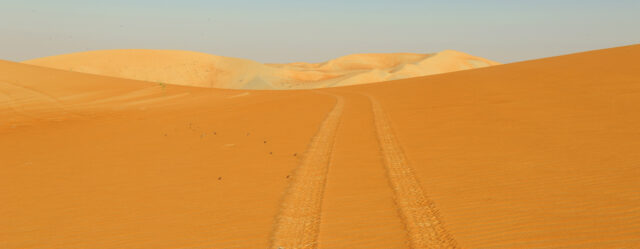
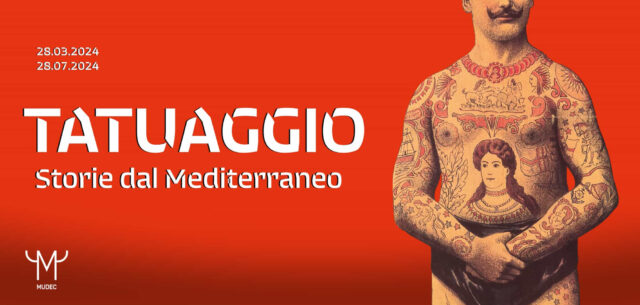










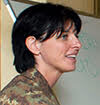










1 Comment